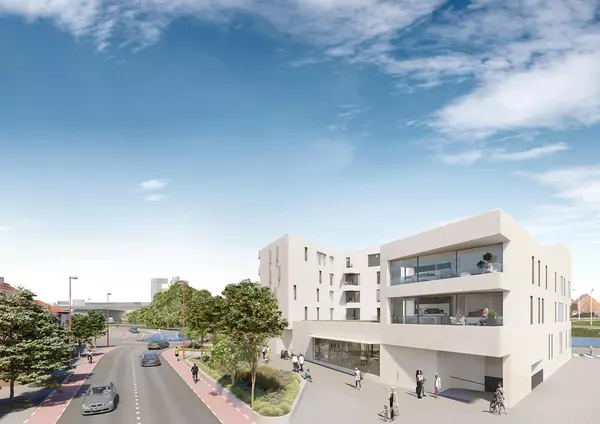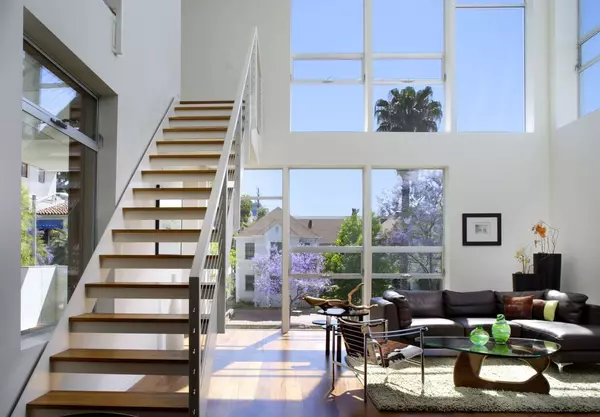Zoning Regulations and Their Impact on Multi-Use Property Investments
Multi-use properties, where residential, commercial, retail, or even industrial functions are combined within a single building or site, have become increasingly attractive to investors. They offer diversified revenue streams, resilience in changing markets, and the ability to meet shifting community needs. However, their success is highly dependent on zoning regulations.
Zoning dictates how land can be used, what types of structures can be built, and under what conditions. For investors considering multi-use properties, zoning regulations are central to whether a project can move forward or generate returns.
The Role of Zoning in Real Estate Investment
Zoning regulations were originally designed to organize urban growth, separate incompatible uses, and ensure orderly community development. For multi-use investors, zoning defines the possibilities and limits of a site. Some municipalities have created flexible mixed-use zoning categories, encouraging projects that combine residential, office, and retail elements in walkable neighbourhoods. Others maintain stricter separation of uses, requiring lengthy rezoning applications or variances before mixed-use projects can be approved.
An investor who fails to account for zoning may acquire a property only to find it cannot legally support their intended mix of tenants. Conversely, understanding favourable zoning codes can reveal overlooked opportunities where multi-use development is already encouraged and streamlined.
Opportunities Created by Mixed-Use Zoning
Where municipalities actively promote mixed-use development, investors benefit from zoning that aligns with market trends. A growing number of urban centers are introducing alternatives to traditional single-use zoning, recognizing the benefits to both residents and businesses from vibrant, integrated communities.
Density and Vertical Growth
This enables taller buildings with both residential and commercial components, maximizing land value.
Flexible Design
Flexibility permits ground-floor retail with upper-level apartments or offices.
Transit-Oriented Development
Municipalities may incentivize and encourage projects near transit hubs that combine living, working, and shopping in one location.
Such policies not only reduce the barriers to launching multi-use projects but also increase long-term demand from tenants who want convenience and accessibility.
Challenges and Barriers
While some cities embrace mixed-use zoning, others are less open to it. Regulations may limit the proportion of commercial versus residential space, require excessive parking allocations, or restrict operating hours for certain businesses. Historic preservation overlays or neighbourhood opposition can also add additional complexity.
Rezoning a property is often a lengthy, uncertain, and politically sensitive process. Investors may face public hearings, site-specific studies such as traffic, servicing, or environmental assessments where applicable, and community consultations before approval. In some jurisdictions, local opposition, often termed “Not In My Backyard” or NIMBY sentiment, can stall or derail projects, regardless of broader zoning trends.
The financial implications of these restrictions are considerable. Delays increase carrying costs, compliance requirements raise development expenses, and limitations on property use can reduce rental income potential. For smaller investors, these barriers may render multi-use development impractical without strong municipal support.
Economic and Community Impacts
Zoning’s influence extends beyond the investor to shape the broader economic and community outcomes of multi-use properties. Supportive zoning policies often lead to vibrant districts with higher property values, walkability, and enhanced tax revenues for municipalities. Mixed-use developments may contribute to housing affordability, if they add significant new units and are paired with supportive policies, while maintaining access to services and employment opportunities, although in some cases they can also raise prices in high-demand areas.
On the other hand, restrictive zoning can exacerbate housing shortages, limit retail access in residential districts, and perpetuate car-dependent planning models.
Diverging Zoning Trends Across Municipalities
In larger cities like Vancouver and Toronto, zoning reforms are increasingly being introduced to actively encourage mixed-use development around transit corridors. Investors have taken advantage of these changes to create high-rise projects with retail podiums, office space, and extensive residential units, meeting strong demand for both housing and commercial leases.
Suburban municipalities, however, present a more mixed picture. Some continue to rely heavily on rigid single-use zoning, where retail plazas remain underused even as housing demand grows, creating challenges for investors who may face lengthy rezoning processes. Others have started to experiment with gradual reforms—such as permitting apartments above shops on main streets or allowing higher-density housing near transit links. While some areas are moving toward greater flexibility, others remain resistant, making careful local research essential before committing to a multi-use strategy.
Considerations for Investors
Navigating zoning regulations requires diligence, local expertise, and sometimes creative negotiation. Investors can improve outcomes by conducting detailed zoning due diligence before acquisition to understand permitted uses, density allowances, and potential restrictions.
They should also consult with local planners, architects, and zoning lawyers who can interpret regulations and guide rezoning applications. Participating in community consultation early and addressing neighbourhood concerns also helps to reduce opposition.
Ongoing monitoring of municipal policy trends is essential, as many cities are revising zoning codes to encourage multi-use projects in response to housing shortages and sustainability goals.
Zoning regulations are critical factors shaping the success of multi-use property investments. Supportive zoning frameworks can unlock profitable opportunities by permitting flexibility, density, and integration of uses. Restrictive or outdated codes, however, create barriers that increase costs and uncertainty. Understanding and proactively managing zoning considerations is central to both project viability and long-term return on investment. By aligning investment strategies with evolving municipal policies and community needs, multi-use investors can position themselves at the forefront of urban growth while mitigating regulatory risk.
Recent Posts










